Home>Articles>How To Pick Exterior Trim Colors That Highlight Your Home
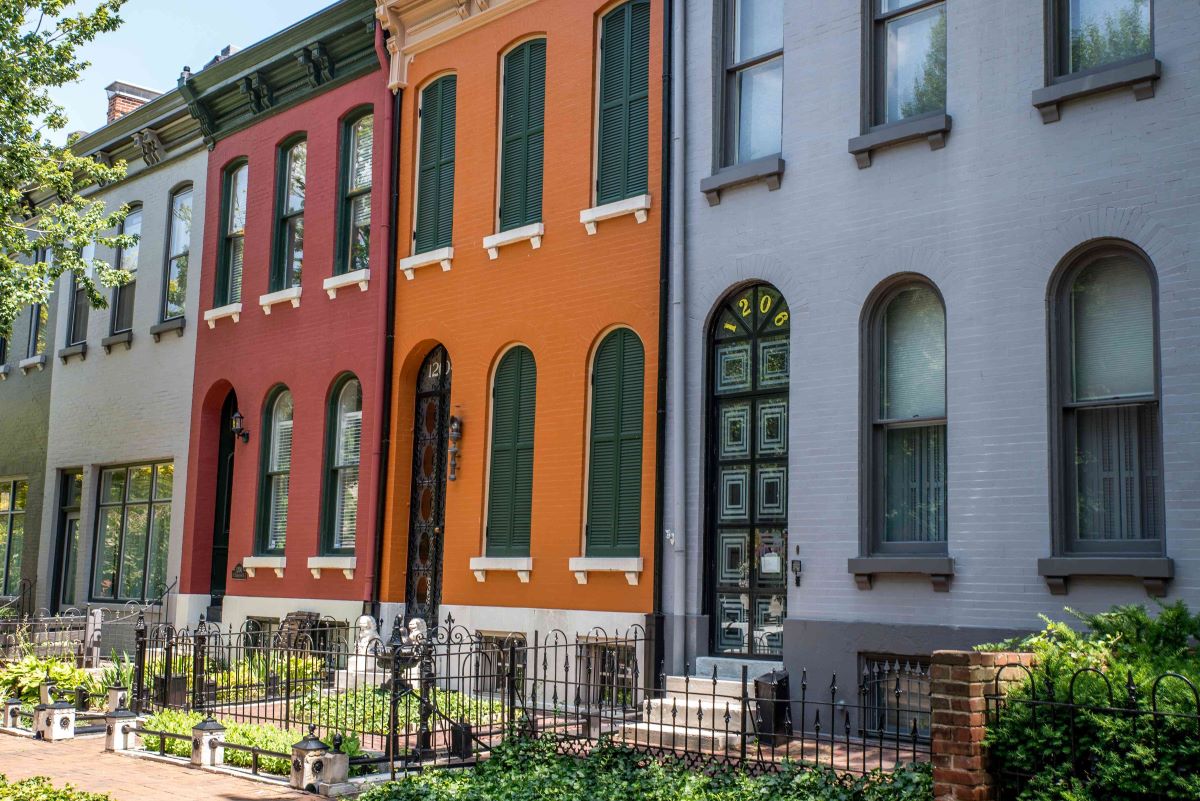

Articles
How To Pick Exterior Trim Colors That Highlight Your Home
Modified: December 7, 2023
Discover expert tips and advice on how to select stunning exterior trim colors that accentuate the beauty of your home. Check out our informative articles now!
(Many of the links in this article redirect to a specific reviewed product. Your purchase of these products through affiliate links helps to generate commission for Storables.com, at no extra cost. Learn more)
Introduction
Selecting the right exterior trim colors for your home is an important decision that can greatly enhance its overall appearance. The color of your home’s trim can highlight its architectural features, create a harmonious color scheme, or even make a bold statement. Whether you’re remodeling your home or just looking to freshen up its exterior, choosing the perfect trim colors can make a significant difference.
In this article, we will explore the various factors to consider when picking exterior trim colors, as well as provide some helpful tips to guide you through the decision-making process. From understanding the importance of trim colors to assessing your home’s architecture and style, we’ll cover everything you need to know to make an informed choice.
So, let’s dive in and discover how you can select exterior trim colors that will truly highlight the beauty of your home.
Key Takeaways:
- The right exterior trim colors can enhance your home’s architectural features, create visual interest, and express your personal style. Consider the overall color scheme, architectural style, and surrounding neighborhood to make an informed choice.
- Testing and finalizing your trim color choice is crucial. Consider natural lighting, undertones, and surrounding colors. Trust your instincts and take your time to select trim colors that resonate with your personal style and preferences.
Understanding the Importance of Exterior Trim Colors
The exterior trim of your home serves as the finishing touch that completes its overall aesthetic. Trim colors have the power to enhance your home’s architectural features, create visual interest, and make a memorable impression. They can also be used to emphasize certain design elements or blend harmoniously with the overall color scheme.
One of the primary benefits of selecting the right exterior trim colors is that they can highlight the unique features of your home. By choosing a trim color that contrasts with the main color of your home’s exterior, you can draw attention to architectural details such as windows, doors, columns, or decorative moldings. This visual contrast can create a focal point that adds depth and character to your home.
Moreover, trim colors play a crucial role in creating a cohesive and balanced color scheme. Whether you prefer a classic and elegant look or a more vibrant and contemporary style, the trim colors can significantly impact the overall aesthetic. By carefully selecting colors that complement the main color of your home’s exterior, you can achieve a harmonious and visually appealing appearance.
Additionally, exterior trim colors can be used to make a bold statement and express your personal style. If you want your home to stand out from the rest of the houses on your street, consider choosing a trim color that contrasts dramatically with the main color. This can create a striking and memorable look that showcases your individuality and adds uniqueness to your home.
Overall, the importance of exterior trim colors should not be underestimated. They have the power to transform the look of your home, enhance its architectural features, and express your personal style. By selecting the right trim colors, you can create a visually stunning and inviting exterior that will make a lasting impression.
Assessing Your Home’s Architecture and Style
Before choosing exterior trim colors, it’s essential to assess your home’s architecture and style. The architectural design and overall style of your home will play a significant role in determining the appropriate trim colors that will complement its unique features.
If your home has a traditional or vintage architectural style, such as Colonial, Victorian, or Craftsman, you may want to consider classic and timeless trim colors. Opt for neutral or earthy tones like whites, creams, beiges, or light grays to maintain a cohesive and elegant look. These colors will harmonize with the traditional elements of your home and create a sense of warmth and charm.
On the other hand, if your home has a more modern or contemporary style, you have the freedom to explore a broader range of trim colors. Bright, bold, and contrasting colors can bring a sense of excitement and energy to your home’s exterior. Consider using vibrant hues like blues, greens, reds, or even black to create a striking and avant-garde look that complements the modern design elements of your home.
In addition to architectural style, it’s also important to consider the color palette of your surrounding neighborhood. While you want your home to stand out, it should still blend harmoniously with the overall aesthetics of the area. Take a look at neighboring homes and observe the predominant color schemes. Choosing trim colors that complement the surrounding houses will ensure that your home fits seamlessly into the neighborhood.
Furthermore, take note of any unique architectural features or elements that you want to highlight. For example, if your home has beautiful ornate moldings or intricate details, choosing a trim color that contrasts with the main color will draw attention to these elements. On the other hand, if you have a simpler design, a complementary trim color can still enhance the overall appearance and create a cohesive look.
By carefully assessing your home’s architecture and style, you can narrow down the choices and determine which trim colors will best enhance its unique characteristics. This step will lay the foundation for selecting complementary or contrasting colors that will truly highlight the beauty of your home’s exterior.
Considering the Overall Color Scheme
When choosing exterior trim colors, it’s crucial to consider the overall color scheme of your home. This includes not only the main color of the exterior but also any existing accents or elements that contribute to the overall color palette.
Start by identifying the dominant color of your home’s exterior. This color will serve as the foundation for selecting trim colors that will complement and enhance the overall aesthetic. If your home has a relatively neutral or muted main color, you have more flexibility in choosing trim colors. Consider using contrasting hues to create visual interest and make the trim stand out.
On the other hand, if your home’s exterior is already vibrant or has a bold main color, it’s important to select trim colors that will harmonize with the existing palette. In this case, it’s best to choose neutral or complementary trim colors that won’t compete or overpower the main color. Opt for shades that blend well with the overall scheme, such as whites, grays, or tones that are a few shades lighter or darker than the main color.
Another consideration is the presence of any existing accents or elements that already have a specific color. These could include the color of your roof, front door, shutters, or any other architectural or decorative features. It’s important to ensure that the trim colors you choose coordinate with these existing elements and create a cohesive and unified look.
Additionally, take into account the lighting conditions around your home. Natural lighting throughout the day and the orientation of your home can greatly impact how colors appear. Cooler hues like blues or greens may look brighter in direct sunlight, while warmer tones like reds or yellows may appear more subdued in shaded areas. Consider how the trim colors will interact with the changing lighting conditions to create the desired effect.
By carefully considering the overall color scheme of your home, you can make informed decisions when selecting exterior trim colors. The goal is to create a cohesive and visually pleasing look that harmonizes with the main color and existing accents, ultimately complementing the overall aesthetic of your home’s exterior.
Choosing Complementary Colors for the Trim
When selecting exterior trim colors, one approach is to choose complementary colors that will create a visually appealing and harmonious contrast with the main color of your home’s exterior. Complementary colors are those that are opposite each other on the color wheel and tend to create a vibrant and eye-catching effect.
One common practice is to select a trim color that is a shade lighter or darker than the main color of your home. For example, if your home’s exterior is a warm cream color, you can choose a slightly darker or lighter shade of cream for the trim. This creates a subtle contrast that highlights the architectural features while maintaining a cohesive look.
Alternatively, you can opt for a complementary color that contrasts with the main color. For example, if your home has a cool gray exterior, you can choose a warm and vibrant trim color like a deep red or golden yellow. This creates a striking and dynamic look that can make your home stand out.
Another approach is to create a two-tone effect by choosing a trim color that is significantly lighter or darker than the main color. This creates a bold and dramatic contrast that draws attention to specific areas or features of your home. For example, if your home has a dark navy blue exterior, a crisp white trim can create a timeless and classic look.
Moreover, consider the material of your home’s exterior when choosing trim colors. Certain materials, such as brick or stone, have inherent color variations and textures that can influence how colors are perceived. Take these characteristics into account when selecting complementary trim colors to ensure they work well together and accentuate the unique qualities of your home’s exterior.
Remember to consider the broader color scheme of your home and surroundings when choosing complementary trim colors. Consider how the trim color will interact with other elements, such as the front door, shutters, or landscaping. Aim for a balance between the main color, trim color, and other accents to achieve a visually appealing and cohesive look.
By carefully selecting complementary trim colors, you can create a visually striking and dynamic exterior that adds depth and character to your home. These color combinations can highlight architectural features, create focal points, and make a lasting impression.
Consider the architectural style and existing colors of your home when choosing exterior trim colors. Look for contrast or complementary shades to highlight and enhance the overall appearance.
Using Contrast to Make a Statement
One powerful way to make a statement with your exterior trim colors is to use contrast. Contrast is the juxtaposition of different colors that creates a bold and eye-catching effect. By strategically selecting contrasting trim colors, you can add visual interest and create a unique and memorable look for your home.
One approach is to choose trim colors that are complementary to the main color of your home’s exterior. For example, if your home is painted in a cool shade of gray, consider using a warm and vibrant trim color like a deep red or sunny yellow. This contrasting combination creates a dynamic and energetic look that immediately grabs attention.
Similarly, you can choose a trim color that is significantly lighter or darker than the main color. This creates a striking contrast that draws the eye to specific areas or features of your home. For instance, if your home has a light beige exterior, a rich chocolate brown trim can create a bold and stylish contrast that adds depth and dimension.
Contrast can also be achieved by using neutral tones with a pop of a vibrant color. If you prefer a more understated look, opt for a neutral main color and choose a bold and contrasting trim color for the accents. For instance, a muted gray exterior with a vibrant teal or blue trim can create a modern and sophisticated look.
Another way to create contrast is by using light and dark shades. Light trim colors against a darker main color can create an elegant and eye-catching contrast, while dark trim colors against a lighter main color can create a sense of drama and sophistication.
When using contrast in your exterior trim colors, it’s essential to consider the overall aesthetics of your home. Take into account the architectural style, surrounding elements, and your personal preferences. The goal is to create a balanced and visually appealing contrast that adds character and makes a strong statement.
Experiment with different color combinations and consider using color tools or consulting with professionals to ensure the contrast works well and achieves the desired effect. By using contrast in your exterior trim colors, you can create a dramatic and attention-grabbing look that sets your home apart and adds personality to its exterior.
Factors to Consider When Selecting Trim Colors
When it comes to selecting trim colors for your home’s exterior, there are several key factors to consider. Taking these factors into account will help you make an informed decision and choose trim colors that not only enhance the overall appearance of your home but also withstand the test of time.
One of the primary factors to consider is the architectural style of your home. Different architectural styles have their own unique characteristics and may be better suited to certain trim color choices. For example, a Victorian-style home may benefit from classic and traditional trim colors, while a modern-style home may warrant more contemporary and bold trim colors.
Another factor to consider is your personal style and preference. Your home should be a reflection of your taste and personality. Consider whether you prefer subtle and understated trim colors or vibrant and eye-catching hues. It’s essential to choose trim colors that resonate with you and create a home exterior that you and your family will enjoy for years to come.
Consider the surroundings and climate in which your home is located. If you live in a heavily wooded area, you may want to choose trim colors that complement the natural surroundings, such as earthy tones or greens. On the other hand, if you live in a coastal area, you might opt for trim colors inspired by the beach, such as pale blues or sandy beige.
Additionally, consider the maintenance and longevity of the trim colors. Some colors require more frequent cleaning or touch-ups to maintain their appearance. Lighter colors may show dirt and wear more easily, while darker colors may fade over time in direct sunlight. Take into account the level of maintenance you’re willing to undertake and choose trim colors that can withstand the elements and retain their beauty.
It’s also important to assess the compatibility of trim colors with the main color of your home’s exterior. Choose colors that create a harmonious and balanced color scheme. Consider whether you want the trim colors to blend seamlessly with the main color or make a bold contrast. Look for color combinations that enhance the architectural features and create a visually appealing home exterior.
Lastly, consider the impact of trim colors on the resale value of your home. While personal style is important, it’s also essential to think about the broader market appeal. Neutral and timeless trim colors often have wider appeal and can make your home more attractive to potential buyers if you ever decide to sell.
By considering these factors, you can make an informed decision when selecting trim colors for your home’s exterior. This will ensure that the chosen colors not only enhance the overall appearance but also align with your personal style, surroundings, maintenance needs, and potential resale value.
Tips for Testing and Finalizing Your Trim Color Choice
When it comes to choosing trim colors for your home’s exterior, testing and finalizing the color choice is a crucial step. Here are some tips to help you ensure that you’re making the right decision and achieve the desired result:
1. Gather Samples: Start by collecting paint color samples of the trim colors you’re considering. Visit your local paint store or order samples online. Having physical samples will allow you to see the colors in different lighting conditions and against your home’s exterior.
2. Test in Different Lighting: Natural light can greatly influence how colors appear. Test the trim color samples at different times of the day to see how they look in both direct sunlight and shade. This will help you assess how the colors will appear in different lighting conditions.
3. Consider the Undertones: Pay attention to the undertones of the trim colors and how they interact with the main color of your home’s exterior. Make sure the undertones complement each other and create a cohesive look.
4. Paint Large Swatches: Rather than painting a small patch, paint a large swatch of each trim color on a section of your home’s exterior. This will give you a better idea of how the color will look on a larger scale and allow you to see the color in relation to other elements, such as the roof or front door.
5. Consider Surrounding Colors: Take into account the colors of neighboring homes, as well as any landscaping or natural surroundings. Ensure that the trim color you choose harmonizes with the overall color scheme and doesn’t clash with the surroundings.
6. Seek Opinions: Don’t hesitate to seek opinions from family, friends, or professionals. Getting different perspectives can help you make a more informed decision and provide valuable insights that you may not have considered.
7. Test Durability: Consider the durability of the trim color by researching its resistance to fading, chipping, and weathering. Look for high-quality paint that will withstand the elements and retain its color over time.
8. Don’t Rush the Decision: Take your time when testing and finalizing your trim color choice. This is an important decision that will impact the overall appearance of your home. Consider the samples over multiple days and in different lighting conditions before making a final decision.
9. Consult with a Professional: If you’re uncertain about your color choices or need expert advice, consider consulting with a professional color consultant or an interior designer. They can provide guidance and help you navigate the selection process.
10. Trust Your Instincts: At the end of the day, trust your instincts and choose the trim color that resonates with you. Your home should reflect your personal style and preferences, so go with the color that makes you feel happy and proud of your home’s exterior.
By following these tips and thoroughly testing and finalizing your trim color choice, you can confidently move forward with your home improvement project and achieve a stunning and cohesive look for your home’s exterior.
Conclusion
Choosing the right exterior trim colors for your home is an important decision that can greatly impact its overall appearance and curb appeal. By understanding the importance of trim colors, assessing your home’s architecture and style, considering the overall color scheme, and selecting complementary or contrasting colors, you can create a visually stunning and harmonious exterior. Factors such as personal style, surroundings, maintenance needs, and potential resale value should also be taken into consideration.
When finalizing your trim color choice, it’s essential to test the colors in different lighting conditions, consider the undertones, and paint large swatches on your home’s exterior for a better visualization. Seeking opinions from others and consulting with professionals can provide valuable insights and guidance, but ultimately, trust your instincts and choose the trim colors that resonate with you.
Remember, this decision is an opportunity to showcase your personal style and make a statement with your home’s exterior. With careful consideration and attention to detail, you can select trim colors that highlight your home’s architectural features, create a visually appealing color scheme, and add charm and character to the overall design.
So take your time, gather samples, test different options, and trust your judgment. With the right trim colors, you can transform your home’s exterior and create a welcoming and aesthetically pleasing look that reflects your unique taste and enhances the beauty of your home.
Now that you have the knowledge and tips to select the perfect exterior trim colors, go ahead and give your home a fresh and eye-catching new look!
Frequently Asked Questions about How To Pick Exterior Trim Colors That Highlight Your Home
Was this page helpful?
At Storables.com, we guarantee accurate and reliable information. Our content, validated by Expert Board Contributors, is crafted following stringent Editorial Policies. We're committed to providing you with well-researched, expert-backed insights for all your informational needs.
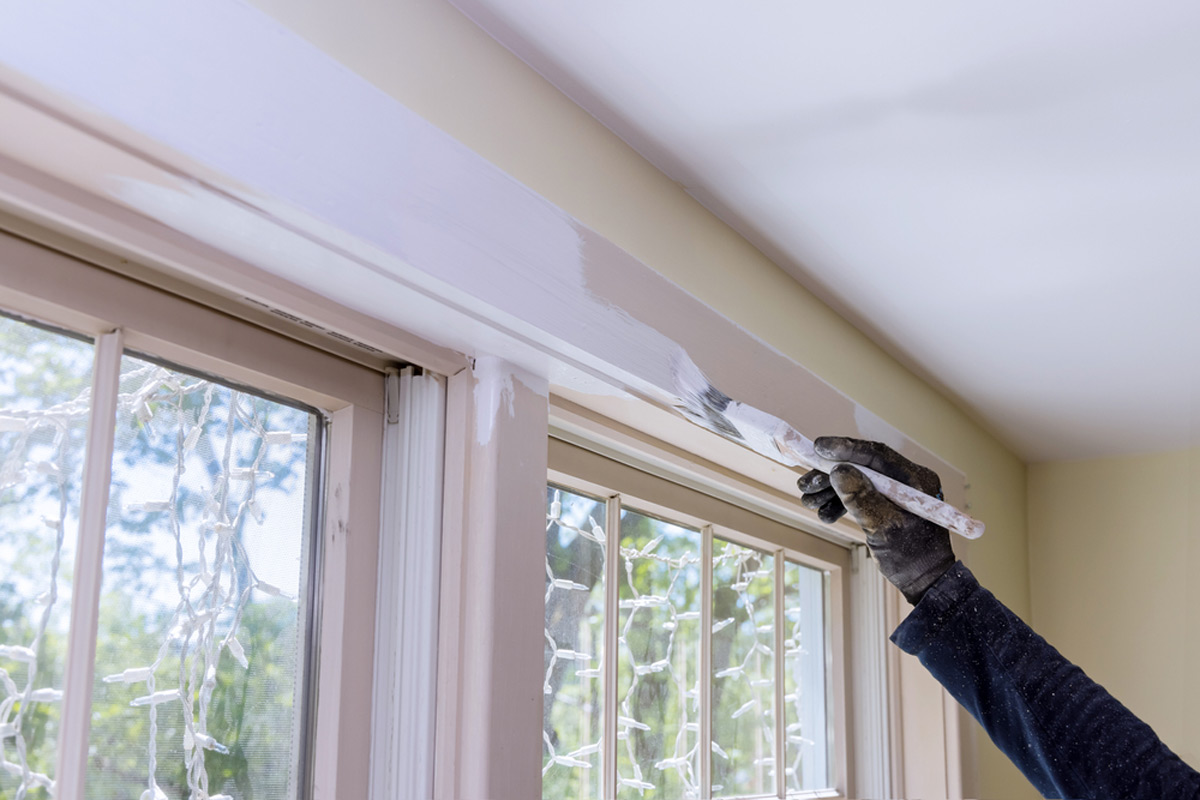
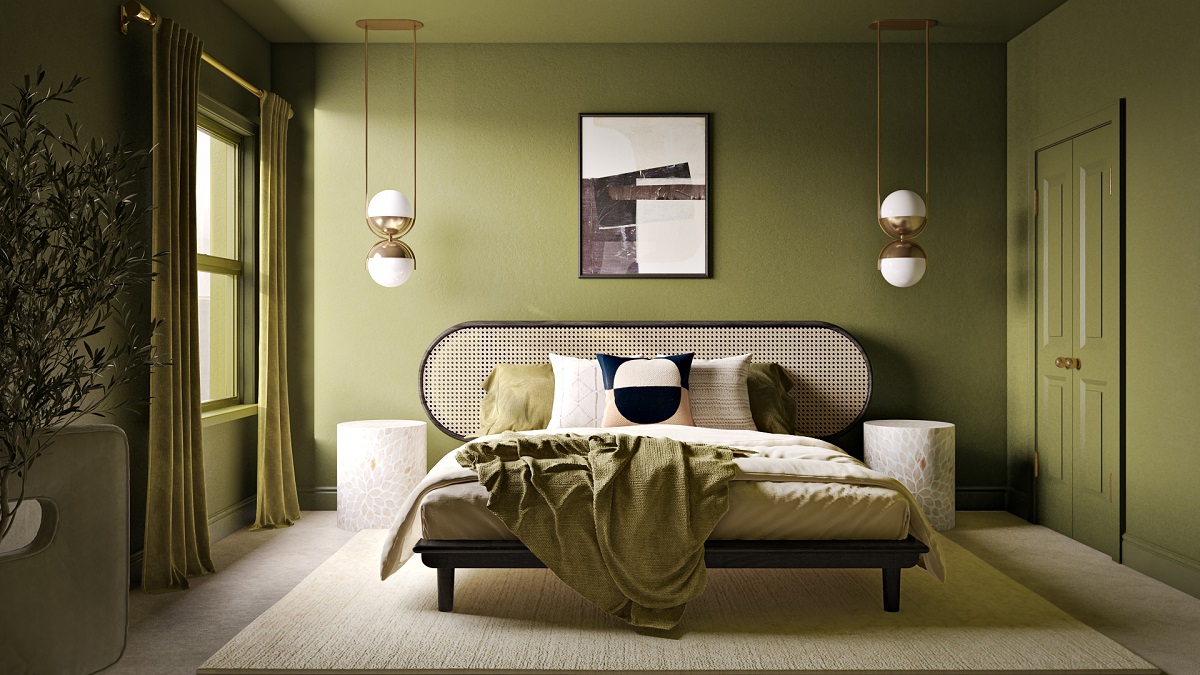
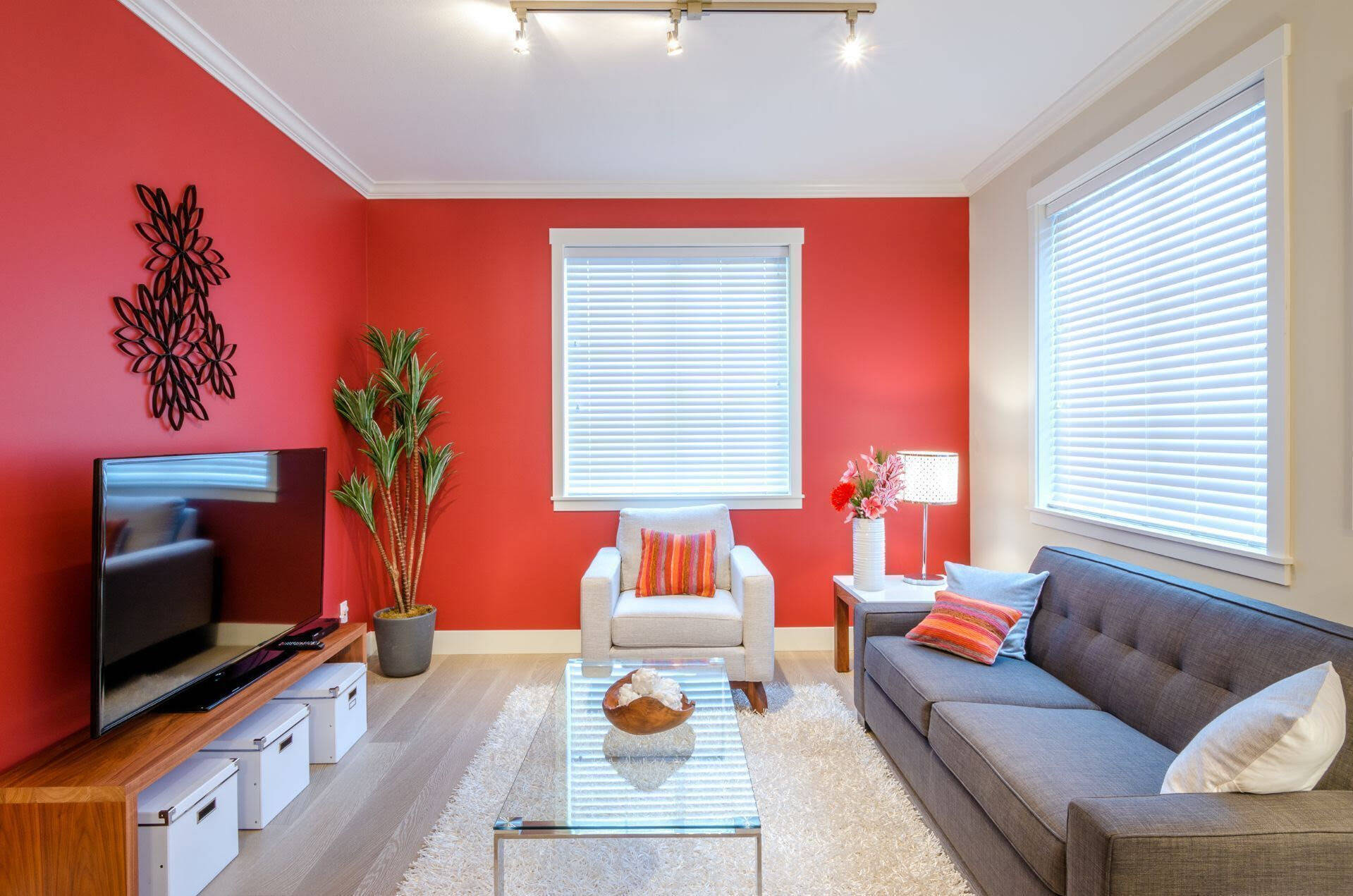
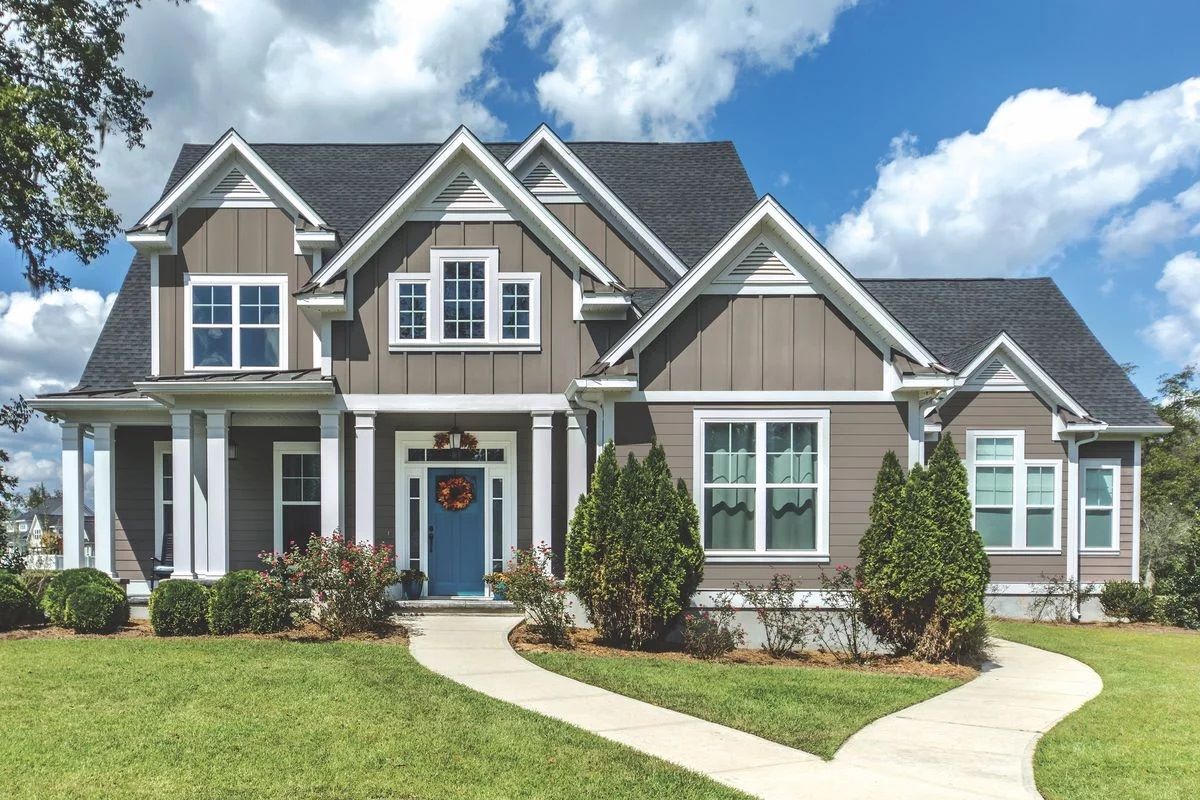
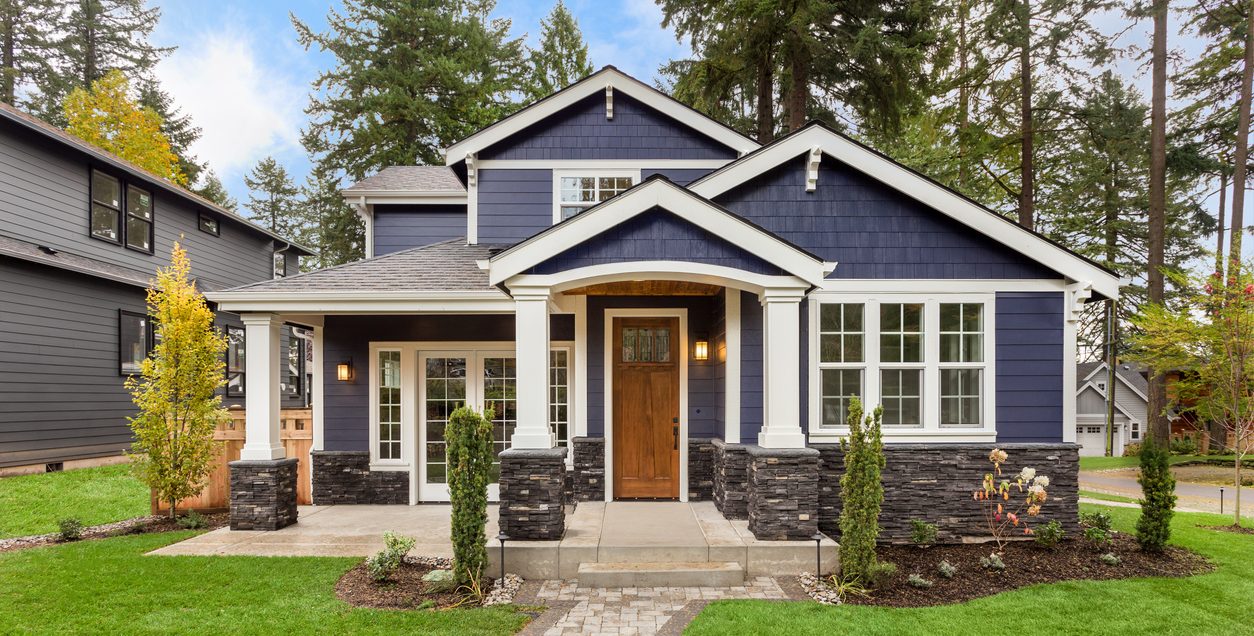


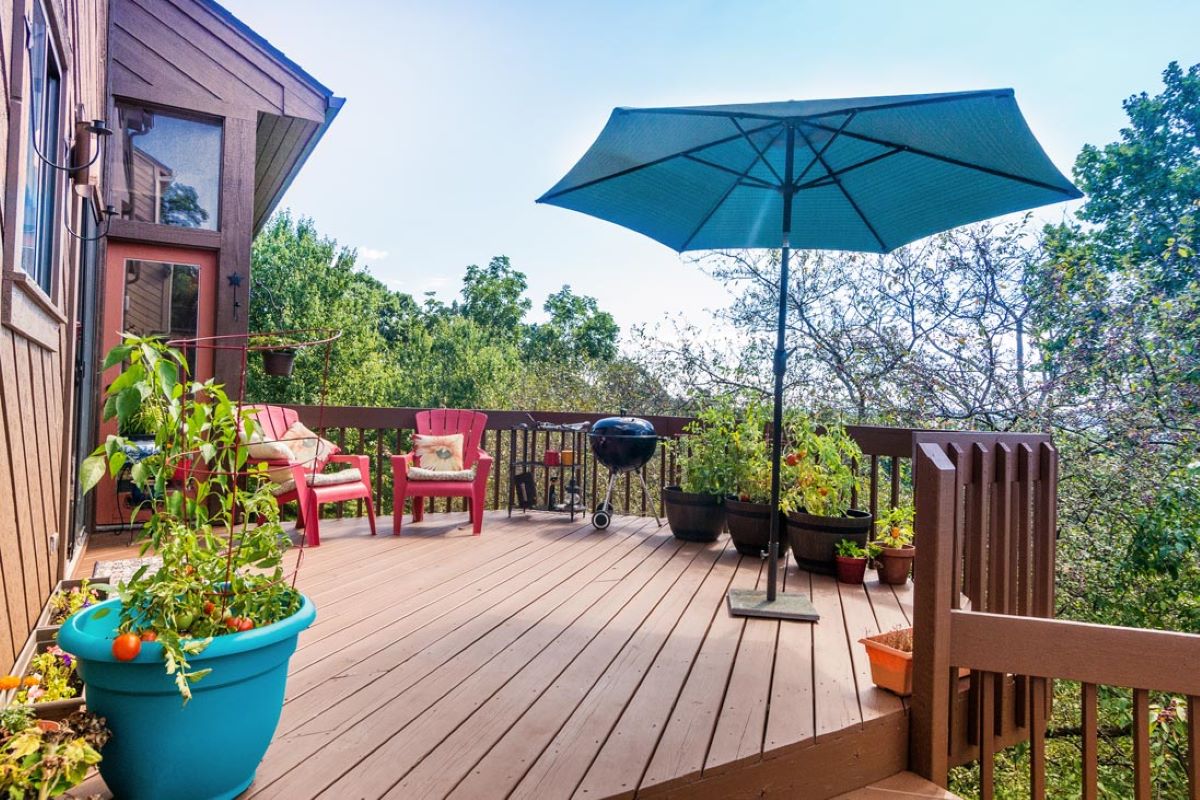
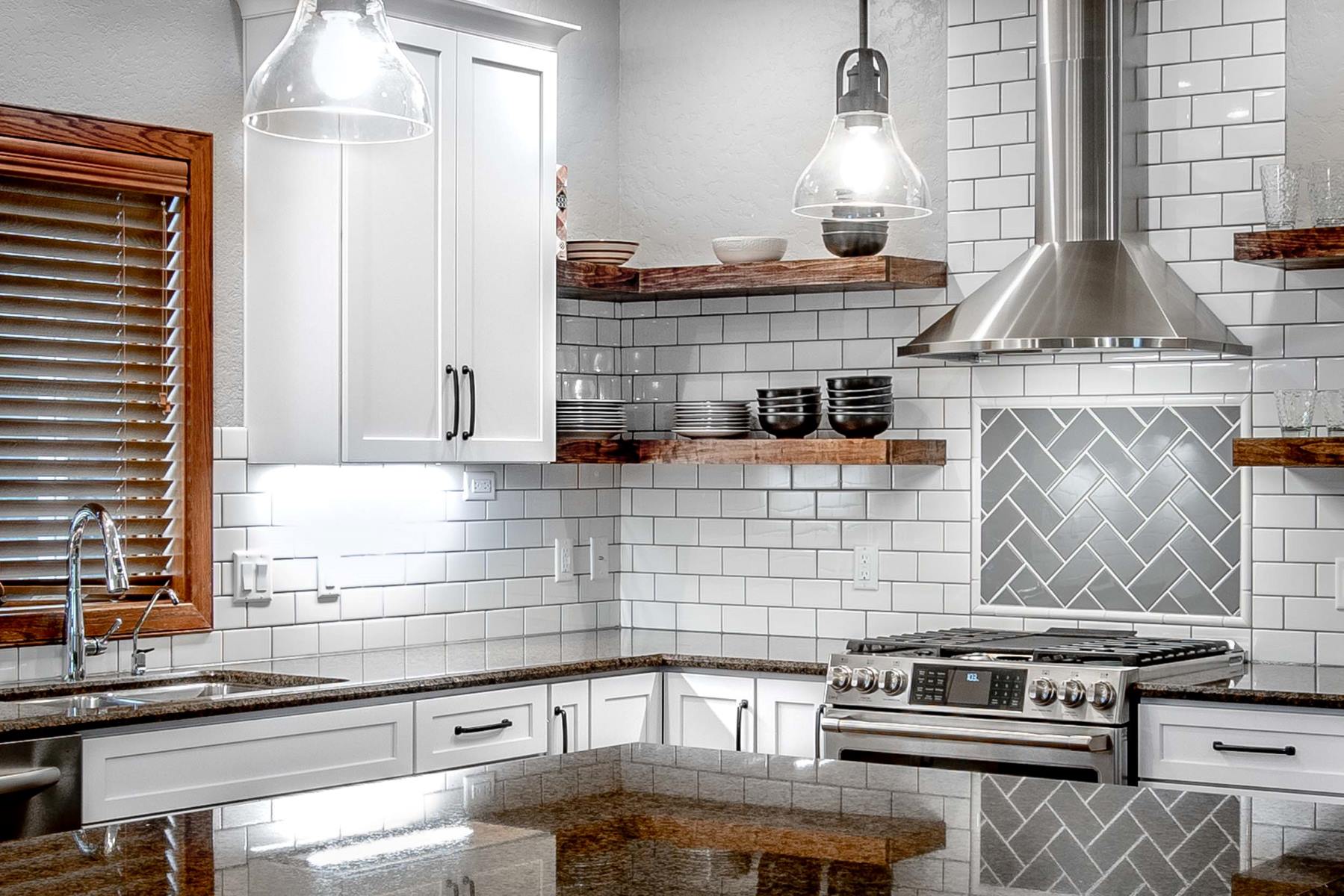
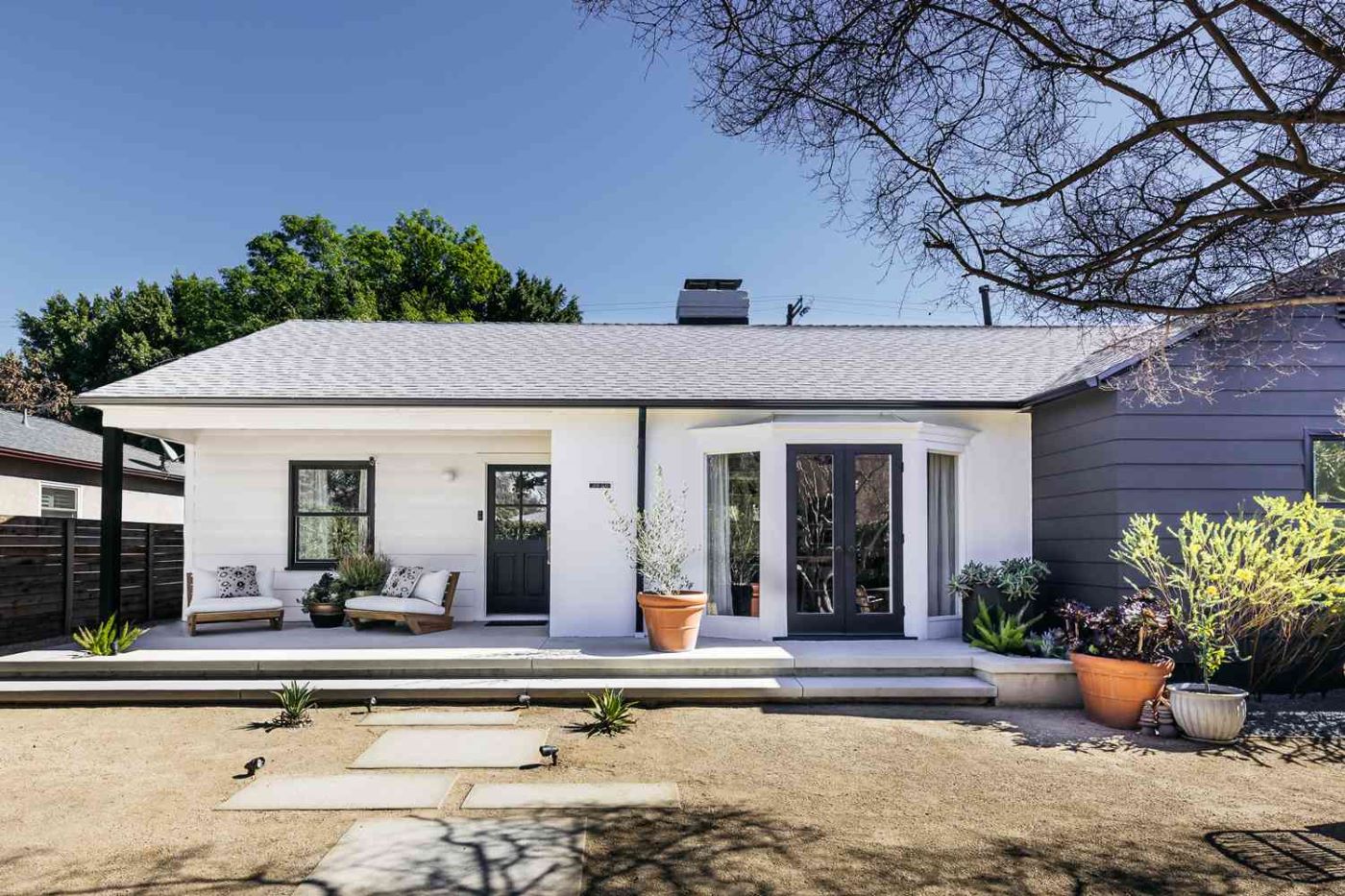
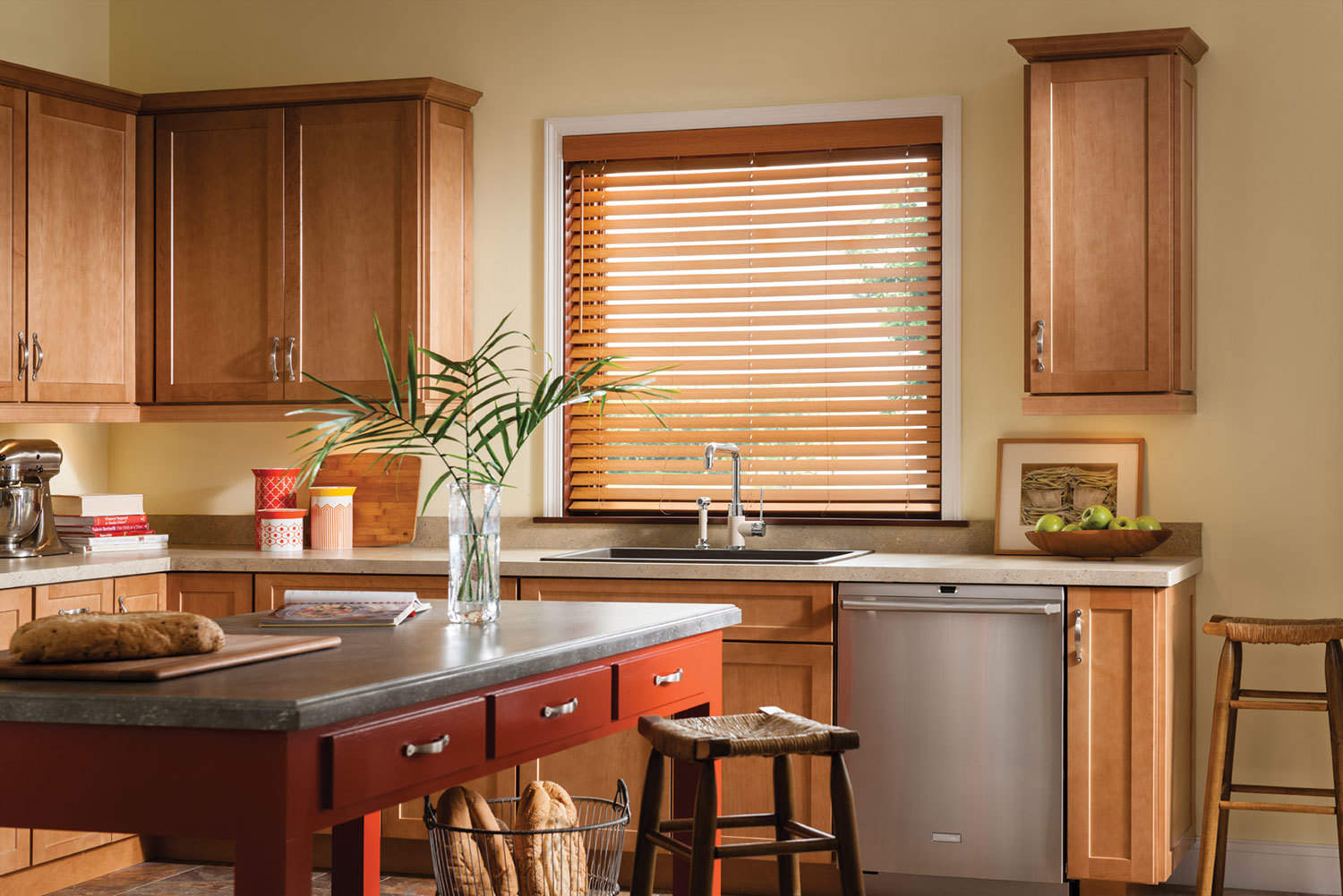
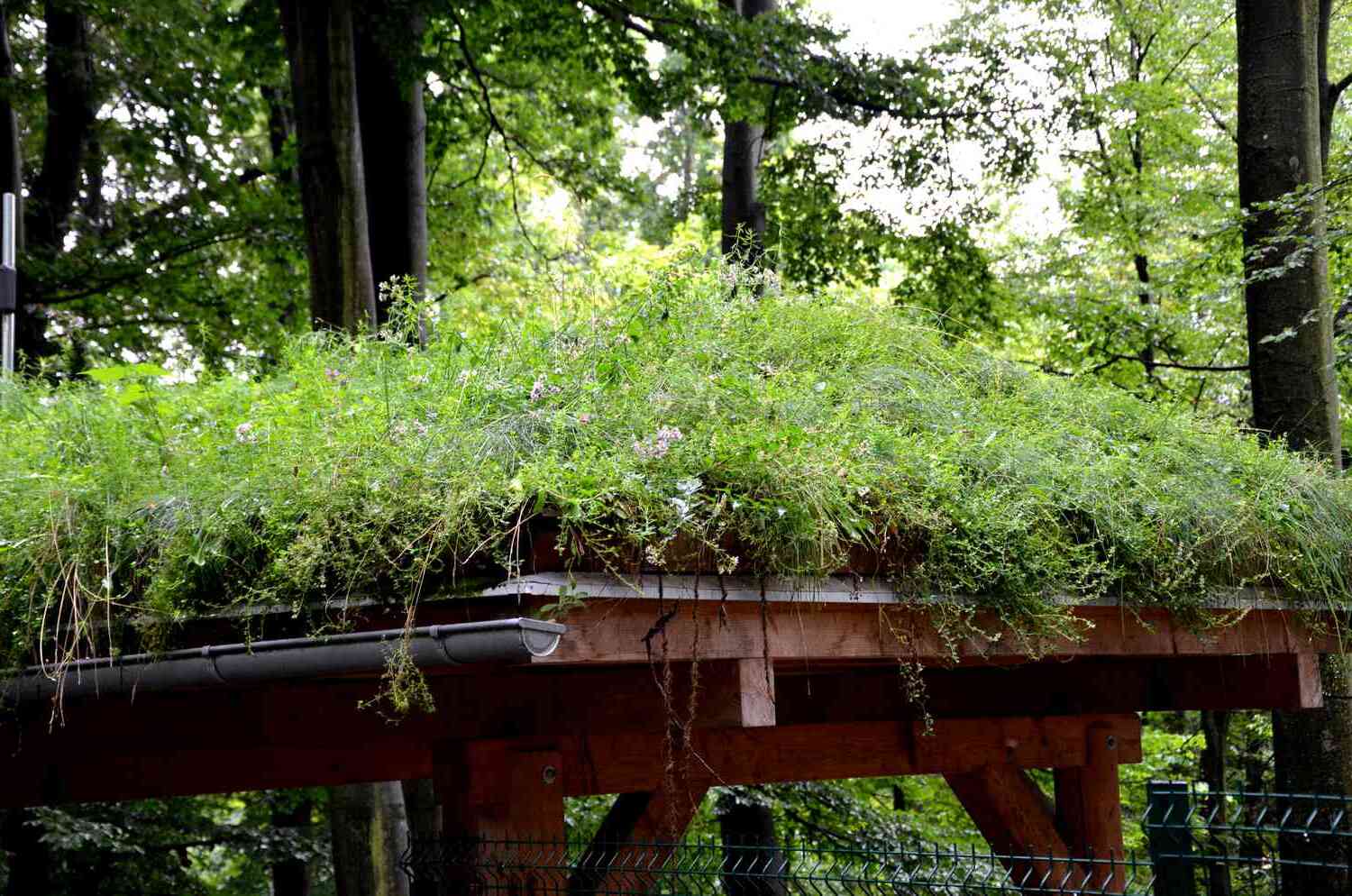
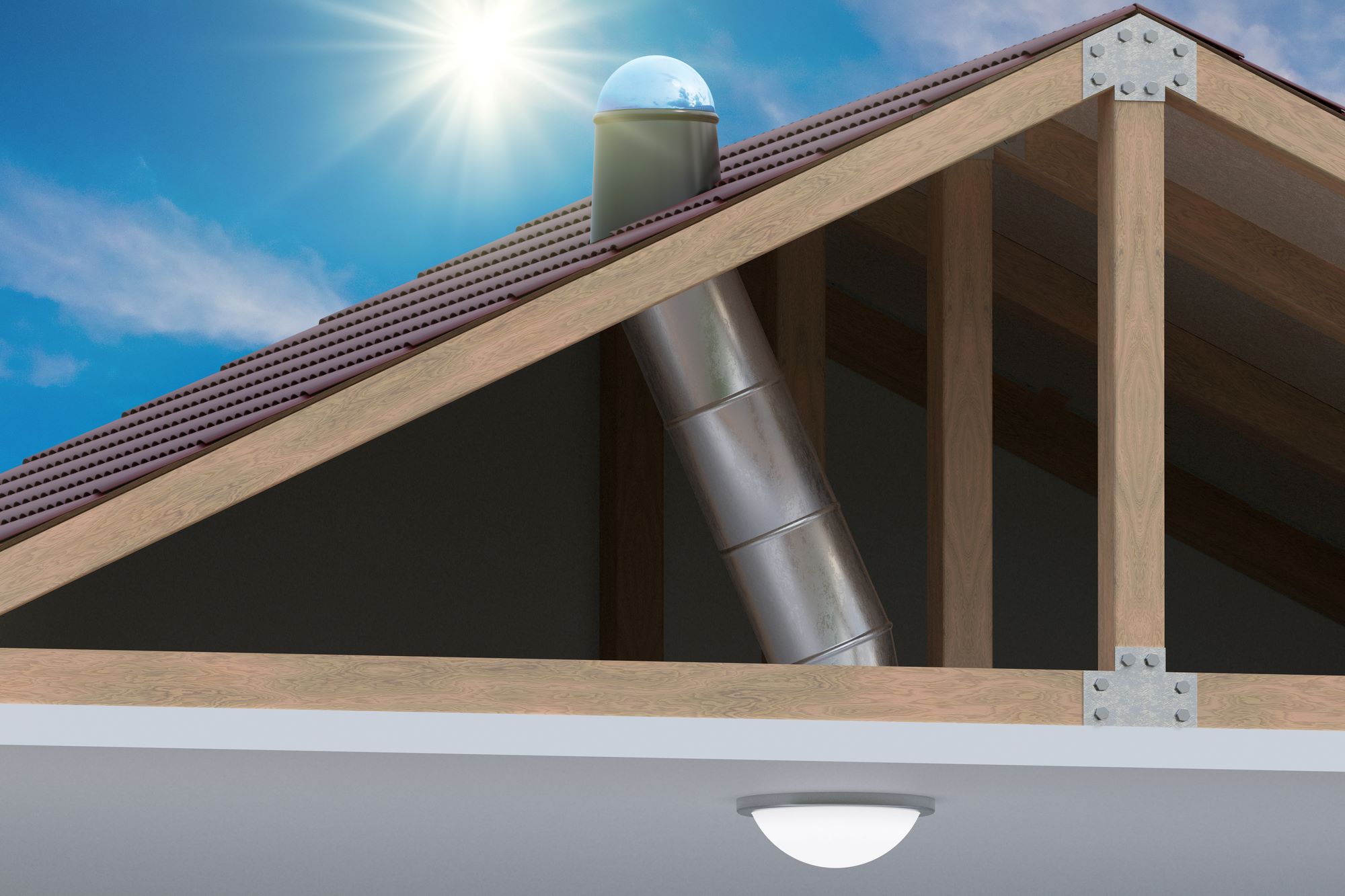


0 thoughts on “How To Pick Exterior Trim Colors That Highlight Your Home”